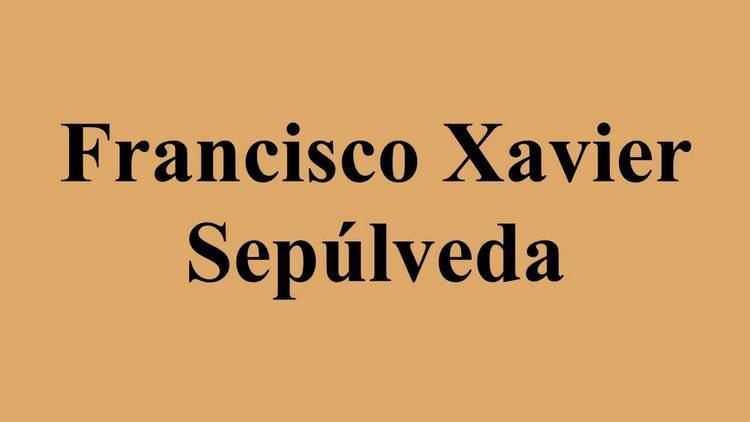Name Francisco Sepulveda | ||
 | ||
Francisco Xavier Sepúlveda (1742–1788) was a Mexican colonial soldier and patriarch of the prominent Spanish Mexican Sepúlveda family in the early days of Las Californias and Alta California in present-day Southern California, United States. Sepúlveda's eldest son, Juan José Sepúlveda (1764–1808), and his fifth son, Francisco Sepúlveda (1775–1853), became progenitors of two distinguished branches of the family.
Contents
Francisco Xavier Sepúlveda y García was born in Villa de Sinaloa, Mexico. His parents were Juan José Sepúlveda (1720 - ) and Ana María Josefa García (1720 - ). In 1762, Francisco Xavier married María Candelaria de Redondo. In 1781, Francisco and with wife María Candelaria de Redondo and 6 children, accompanied the José de Zúñiga Expedition into upper Las Californias. Francisco Xavier Sepúlveda died in the Pueblo de Los Ángeles and was buried at the Mission San Gabriel Arcángel cemetery on 26 January 1788.
Sepulveda Boulevard, the longest street in the City and County of Los Angeles, is named for the Sepúlveda family.
Juan José Sepúlveda
Juan José Sepúlveda (1764–1808), one of the sons of Francisco Xavier Sepúlveda (1742–1788), was a progenitor of one of the branches of the prominent Spanish Mexican Sepúlveda family in the early days of Southern California.
Juan José Sepúlveda was born in Villa de Sinaloa, Mexico. Juan José Sepúlveda married María Tomasa Gutiérrez (1769–1798).
José Dolores Sepúlveda
José Dolores Sepúlveda (March 23, 1793–1824) was one of the sons of Juan José Sepúlveda (1764–1808).
Around 1810 Manuel Gutiérrez, executor of Juan José Domínguez's will and de facto owner of his Rancho San Pedro, granted permission to then 17-year-old José Dolores Sepúlveda to herd livestock in the southwestern reaches of Rancho San Pedro. This eventually became the basis for the Sepúlveda family's contested claim to the Rancho de los Palos Verdes, carved out of Rancho San Pedro lands. Dolores went to Monterey to settle his land title, but on his return trip, he was killed in the Chumash revolt at Mission La Purísima Concepción in 1824. In 1834, a judicial decree was made by Governor José Figueroa which was intended to settle the dispute between the Domínguez and Sepúlveda families. Juan Capistrano Sepúlveda and José Loreto Sepúlveda were awarded the 31,629-acre (128 km2) Rancho de los Palos Verdes.
José Dolores Sepúlveda married María Ignacia Marcia Ávila (1793 - ) in November 8, 1813 at Mission San Gabriel Arcángel.
Dolores Sepúlveda's 1818 adobe home is a California Historical Landmark.
Francisco Sepúlveda
Francisco Sepúlveda (1775–1853), one of the sons of Francisco Xavier Sepúlveda (1742–1788), was a progenitor of one of the branches of the prominent Spanish Mexican Sepúlveda family in the early days of Southern California.
Francisco Sepúlveda was born in Villa de Sinaloa, Mexico. He was six when he arrived in the Pueblo de Los Ángeles with his mother and father. He married María Teodora Ramona Serrano (1786 - )in 1801. Francisco was regidor and acting alcalde there in 1825. In 1831 as a participant in the uprising against Governor Victoria he was imprisoned for a short period. He was commissioner at the Mission San Juan Capistrano from 1836 and 1837. The family moved to the west of Pueblo de Los Ángeles shortly after 1839 when Francisco was granted the 33,000-acre (134 km2) Rancho San Vicente y Santa Monica by the Mexican government in recognition of his services.
